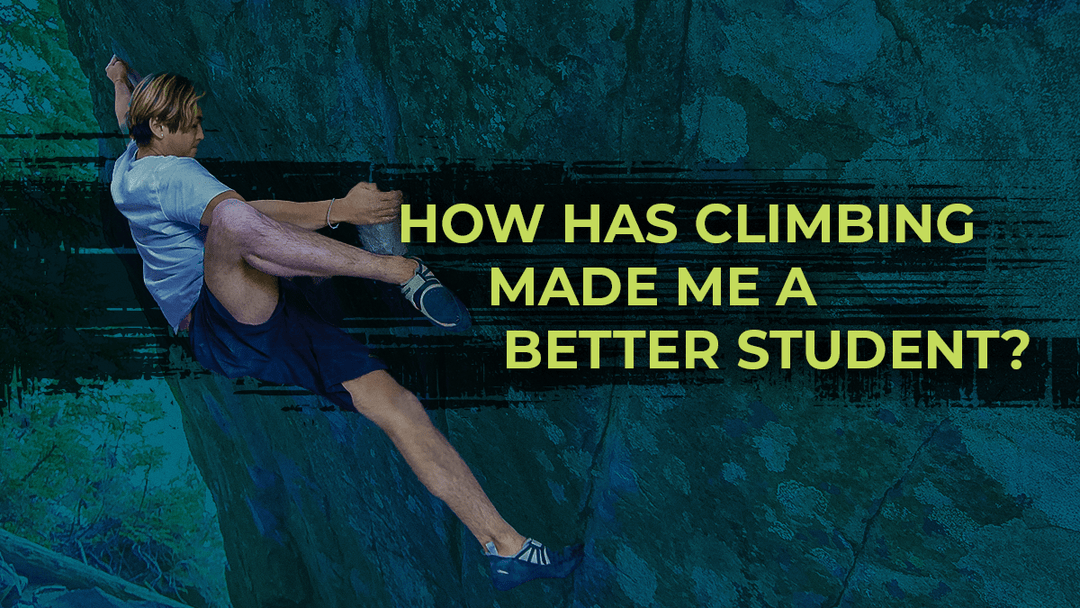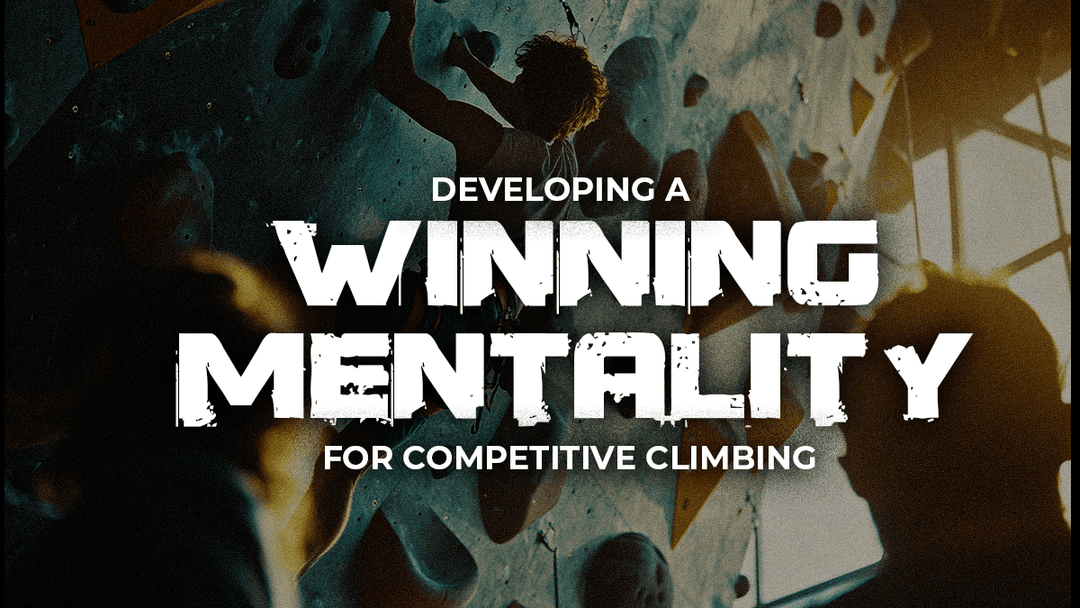The Essence of Routesetting–A Beginning

by Brannon Frank
I have a concept percolating in my mind. I’ve been reading a lot about philosophy in 2023, which is the seed of this concept. In August, I finished a book called Eastern Philosophy by Mel Thompson while 7 miles deep in the Sawtooth Mountains. That is the exact spot where I did Kasyapa’s Smile (V10, FA), Threshold of Completion (V10), and The Swiss Roof (V10). The seven-mile trek is moderately arduous. To conserve weight, I removed the remaining 24 pages, pages 209 to 232, which completed the chapter on Zen. Carrying a mostly read book felt inefficient. After completing this book, I wanted to delve into another, The History of Philosophy by A.C. Grayling, which primarily explores Western philosophy. I’m currently in the middle of the chapter on Aristotle. These philosophical explorations have highlighted various ways of thinking and reasoning. Put more specifically, they highlight the core values that cultures and peoples have used as a guidepost to make sense of the world.
There is an infinite amount of "truth" in the world. Even the most knowledgeable individuals are only aware of a tiny fraction of the things that are knowable in the universe. Given our limited time and resources, humans must choose what to focus on, emphasizing those aspects that resonate as the most meaningful from the vast array of possibilities. We make these choices based on our deep values, often unconsciously. These values make up your philosophy and serve as a guiding compass, helping you discern what is worth paying attention to. Philosophy is also a set of tools or ways of thinking that help you uncover profound truths, usually hidden in plain sight.
Twenty was a year characterized by a surge in my routesetting career. I competed in Youth and Elite Nationals and advanced from a level 2 to a level 4 routesetter with USA Climbing, the highest level. Amidst these recent endeavors in routesetting, I have identified what it means to be a good routesetter and what it entails to set high-quality routes. When I ask these questions, I feel like I know the answers, but find them elusive when trying to pin them down. You might think that the place to start would be to seek practical insights that are technically explicit. Examples of this seeking would be asking questions like “How do I force a drop-knee?” or “How do I create a paddle dyno?”. Indeed, this is likely the place to start as a new setter, but the answers to these questions offer little insight into what makes the best setters great. The answers to these questions don’t elucidate the essence of routesetting. Moving up in abstraction, the following questions are typically: “How do I create complex movement?” or “How do I set a route that is optimally challenging and enjoyable for a given audience?” These questions are a step toward more guiding principles. Explicitly detailing the answers can help provide learning. However, in my observation, the best routesetters don’t often approach their craft with explicit, formulaic thinking. Frequently, they can’t express exactly why they made a given decision. At best, this would be inefficient, and at worst, it would be nearly impossible because a single change often affects multiple route variables (such as fairness, movement specifics, grade, and aesthetics). Instead, they intuitively navigate the nuances of movement and intentionality when making routesetting decisions.
This intuitive prowess is honed over years of experience, encompassing countless micro-lessons derived from diverse scenarios and challenges. For instance, the art of setting a drop knee varies significantly depending on factors such as the climber's age, the terrain's steepness, and the route's grade. To learn how to set a drop knee, a setter must practice this movement hundreds of times with various variables (hold types, wall angles, grades, etc.). The iterative process of setting, feeling, and observing others on these movements contributes to developing a seasoned routesetter's intuition. Of course, learning takes place when this movement (drop-knee) is executed in different ways by different people, some of whom do not drop-knee (the dreaded breaking of the beta). Combine these micro-lessons with other micro-lessons of differing categories, such as setting dynamic movement or another movement style. Now, combine these lessons with broader micro-lessons, such as movement that others find enjoyable or intriguing, and movement that provides a learning moment. All these experiences, as well as those not explicitly represented in examples, coalesce into one intuitive decision made by a routesetter.
Because of this, I think a more valuable exploration into routesetting would be questions like:
- What do high-quality routesetters value?
- How do the best routesetters think about routesetting?
- What is the philosophy or essence of routesetting?
Making these core values explicit would help us understand routesetting more deeply and tease out routesetting’s essence. Examples of these values include quality movement, challenging movement, fairness, novelty, complexity, and uniqueness. All of these could be defined and explored in an Aristotelian way, using categories and classifications that help tease out the deeper meanings and ways of thinking and, most importantly, make them explicitly understandable.
My brief readings in philosophy have begun to reveal how good routesetters consistently make good decisions. They do not do so by logically thinking through every decision, although they may need to do so initially. It has also revealed that good routesetters have underlying principles and values that inform every decision. In another way, routesetting profoundly expresses the setter’s or setting team’s values, intuitions, and deep understanding of climbing movement. However, not many routeetters have used explicit language to address these values. I want to try it at some point. I might need another decade of routesetting before I can provide anything of substance. Perhaps making my route-setting values explicit will help clarify the essence of route-setting, at least as I see it.
I’d love to hear your thoughts on this topic. Would you find a book or a writing on this topic valuable? If so, why? Give me your feedback at brannongfrank@gmail.com or @brannonfrank on Instagram.






